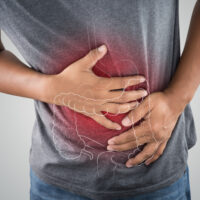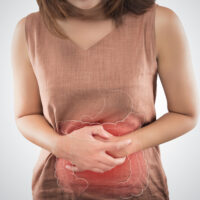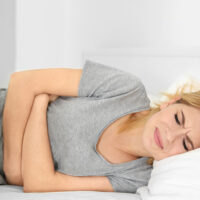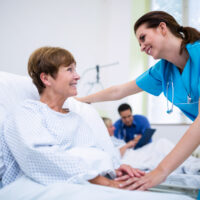Effective ways to repair credit scores
Credit repair is the procedure involved in fixing a bad credit report. You don’t necessarily have to use a credit repair service because you can legally do it yourself by following a few simple steps, saving yourself hundreds of dollars in fees to credit repair services.
Negative information on your credit report, if accurate, will reflect on the report for nearly ten years.

The first step you have to take to repair your credit is to read and check your credit report thoroughly. You can read up on how to do that from articles provided on the Internet. If you find information that is not accurate, you can then then file a dispute. If there are some items on the report that you cannot relate to or recognize, it may be a sign of fraudulent activity. Fraudulent activity means someone is trying to secure the credit you have for their own benefit. Ensure that what you think is possible fraudulent activity is not inaccurate information.
The next step to repair your credit is to increase your payment history. FICO scoring models consider your payment history to be one of the biggest contributors in determining your credit score. If your credit report reflects late payments or missed payments, it will affect your credit score badly enough for the effects to last about ten years. Public records can cause no small damage as can collections in the event of late or missed payments. If you bring your accounts up to date and ensure timely payments, you can start improving your credit scores steadily.
Third, find out what your credit utilization score is. Your credit utilization rate is the amount you owe compared to the credit you have available. All your revolving debt including credit card balances divided by the total amount of credit limit you have should be a low. A high credit utilization score affects your credit scores negatively. You can reduce your credit utilization score by paying off the balances in your account and by increasing your credit limit on an account you already have or by opening a new credit account. While this is an option, it does come with risks. With an increased credit limit, the temptation to fall further into debt can happen. Also, if you acquire a new credit card to increase the credit limit, your credit report will reflect an inquiry on the same and this will lower your credit score temporarily. Therefore, the best method to increase your credit utilization rate is to lower your credit card balances and other revolving credit balances. Doing this will ensure your credit history improves and, consequently, your credit scores.
Next, to repair your credit, take a look at the number of credit accounts in your name. If you have several accounts with large debts on each of them, it will help to pay off a few of the accounts. The idea is to pay off debts and if the balance is down to zero, keep the account open. These could contribute to a good credit score since they reflect good payment history.
Before you close an account, consider the credit history with that account. An account that has been around for a while and has a good credit history will help improve credit scores. Take the average age of all your accounts and keep the ones with a longer history open. However, if you think keeping accounts open unnecessarily could trigger you into falling into debt again, close it.
Lastly, before you open a new credit card account, take into consideration the effect this could have on your credit score. If you open several at the same time, lenders might find it a risky move and this could impact your credit score negatively.
If you feel overwhelmed by the amount of debt you have and think you cannot do it on your own, it is advisable to seek the services of companies that can counsel you on credit and guide you through the process of restoring your credit score. Credit counselors will work with you and help draw up a Debt Management Plan (DMP), negotiating on reducing the monthly payments you owe. Often, you pay a single monthly amount to the credit counselors and they, in turn, distribute the amount to all the accounts you have a debt on. Your credit report will show that your debts are being managed by a credit counselor, but this will not impact your credit scores negatively.
Once you start taking the necessary steps to improve your credit scores, give it a while for it to reflect on your credit report. Your account status often takes about 30 days to get updated. As previously mentioned, negative reports can reflect on your report for a period of ten years or less to give lenders a fair idea of your credit history and the risks involved in lending to you. As you keep at building a good credit history, your credit scores will improve over time.





